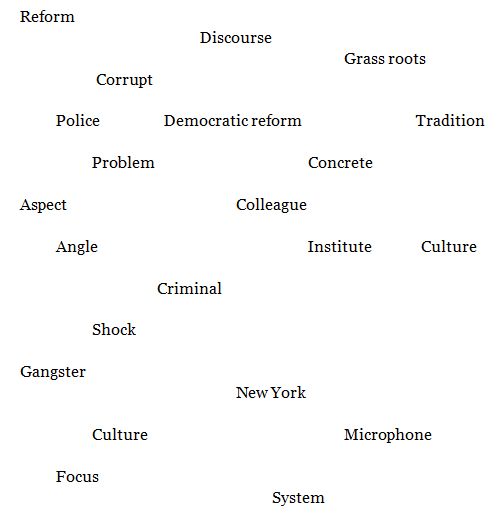From Yerevan, with the time difference and my relatively unplugged lifestyle, I did not learn about last Friday’s tragedy in Connecticut until early Saturday morning. I was on my way out the door, to give a paper at a workshop/celebration of twenty years of the Fulbright program in Armenia , when I heard. I arrived in shock and ashamed of the fact that we, the people of the United States, have not found ways to make sure that these kinds of killings stop. As I spoke to Armenian Fulbright alumni, I was keenly aware of how American society looks from the outside. We look violent. Unsafe. From one of the participants, I learned of a Russian language television program that aired after the tragedy, about the number of Russian children adopted by U.S. parents who have died. Others see that we do not protect our young.
Over one million people live in Yerevan and yet I feel as safe here as I do in the Vermont woods. Most apartment stairwells are completely unlit and yet no one lurks. I can walk alone through dark parks and alleys at night, to get where I need to go, in safety. How can we return to this level of safety, for our young, especially in schools, those sacred places where we give our young the best knowledge and practices our culture has to offer? I believe in the power of learning. I am here as an anthropologist because of American public schools. My grandfather was a shoemaker and I hold a doctorate.
In the spirit of believing in the comfort and power learning, on Monday night, I walked from my office at the American University of Armenia, through Yerevan’s first snowfall to hear Nona Shahnazaryan speak about policing in Armenia at the weekly seminar at the Institute of Archaeology and Ethnography. From other seminars, I knew Nona to be warm and compassionate. I also I knew that the presentation would likely be in Russian. Never mind. Snow always brings the child out on me. I needed a walk in the snow to the Institute to sooth my mourning child.
My Russian vocabulary is limited almost entirely to words that have diffused out from the Soviet Union during my lifetime such as “perestroika,” “cosmonaut,” and “skol.” I listened and rested among kindred spirits, my anthropological tribe, in a welcoming space picking out the English and Armenian words as Nona spoke. What does it say about American culture that these are the English words that I picked out in about 10 minute period of listening?

This collection of words fits the current state of American culture. Uncanny? A coincidence? To my mind these words, spoken in English despite all having Russian language equivalents, reflect competing deep cultural traditions that Americans must face at this crossroads. Together, this collection of conflicting words gave me a sense of understanding. They soothed me and let me head back into the snow, ready to see the beauty of the flakes as they fell.
Yesterday, December 21, 2012, as the world as we knew it ended, we have been given a chance for a fresh start, fresh and clean like newly fallen snow. Let’s take it. Let’s look at ourselves and own what is wrong, so that collectively, we can move forward.









